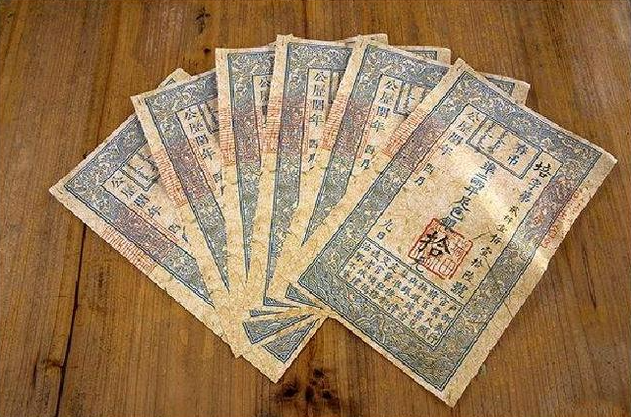China’s original currency was seashells used at the end of primitive society. Before the Qin Dynasty, metal currencies and coins had appeared. After the establishment of the Qin Dynasty, the currency system was unified, and gold and copper coins with square holes and round holes were circulated throughout the country.

In the Song Dynasty, copper coins and iron coins were used together, while in Sichuan, iron coins were used exclusively. At that time, Sichuan was an important producing area of salt, tea, and silk. There was a large currency circulation, but iron money was very heavy. With the development of the commodity economy, the problem of inconvenient circulation of iron money became more and more prominent. Therefore, during the reign of Emperor Zhenzong of the Song Dynasty (997-1022), 16 wealthy businessmen in Chengdu jointly printed and issued a paper currency called “Jiaozi” to replace iron money. “Jiaozi” is printed with pictures of houses, trees, people, etc., as well as signatures as secret signs. “Jiaozi” can be exchanged for cash or circulated in the market. In the first year of Renzong Tiansheng’s reign (1023), “Jiaozi” was issued by the government. “Jiaozi” is the earliest paper currency in China and the world.
The emergence of paper money is a major progress in the development of currency and has epoch-making significance in economic history.